State Representative Scott Louser (R-Minot) has fought about as hard as anyone to push for meaningful and impactful property tax reform, going all the way back to 2016:
This last session, his HB 1168 was the top 2nd option behind Governor Kelly Armstrong’s plan:
At that point, he framed it as a state-funded “buy-out rather than buy-down” of the K-12 education share of property taxes.
This was the North Dakota Watchdog Network’s prefered approach as it would be a permanent elimination of K-12 spending as an excuse for ever-increasing property taxes in the state.
At the end of the session, when HB 1176 passed, Rep. Louser made a speech on the floor of the House warning what might be coming and what he intended to do about it.
Today, we have an update from Rep. Louser on the due diligence he has done in the form of a 13 minute video
Here were his conclusions:
76% applied for the previous $550 property tax credit.
Only 60% are aware the credit increased to $1,600.
74% want continued property tax relief, even for lower-valued properties that might result in zero net property tax after the credit.
63% would support a constitutional measure for permanent property tax relief, even if it meant some property owners who currently pay no tax might start paying again.
67% are concerned about the $1,600 credit fluctuating or being reduced in the future if it requires legislative action each session.
A question about supporting a constitutional measure requiring the state to pay for 60 Mills for K-12 education, even if it reduced the $1,600 credit, was split 49% yes, 51% no, indicating low support for this specific constitutional amendment.
66% would support a combination of the legislature paying the 60 Mills for all property types (not just primary residences) and a lower primary residence credit of $550.
Most North Dakotans don't understand how "mills" work, which would be crucial for any ballot initiative.
He strongly encourages residents to apply for the $1,600 primary residence credit starting in 2026 and mentions a $600 renters' credit is also available. He plans to provide more updates and explanations on "mills" in future videos.
Representative Louser provided the detailed results of the poll he commissioned out of his own pocket. Here were those results:
I spoke to Representative Louser this morning within minutes of his video being posted, and I told him that holding off on the measure is probably the right move - at least until we see how it is implemented and to what length local governments try to get around the 3% cap and intentionally make their own finances worse by taking tax dollars off the table.
Local governments are already discussion with staff how to get around the 3% cap.
And cities like Fargo seem not to care about continuing their spending and giveaway habits.
It is my expectation that people will be disappointed at the net benefit of the provisions in HB 1176. If that is the case, waiting until after the 2027 legislative session to pursue a large scale initiated measure is likely a good idea.
People will have a chance then to see what the legislature’s plan has actually done, and the legislature “will have one more bite at the apple.”
I suspect that Representative Louser will continue to lead on the issue if those predicted disappointments hold true.
He and I also discussed the need for exemption reform, as that is a big driver of property tax rates on those who do pay in.
Tackling these pages of exemptions could be done in 2027, regardless of anything else that may or may not happen.




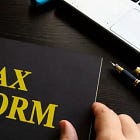


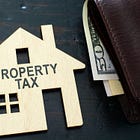





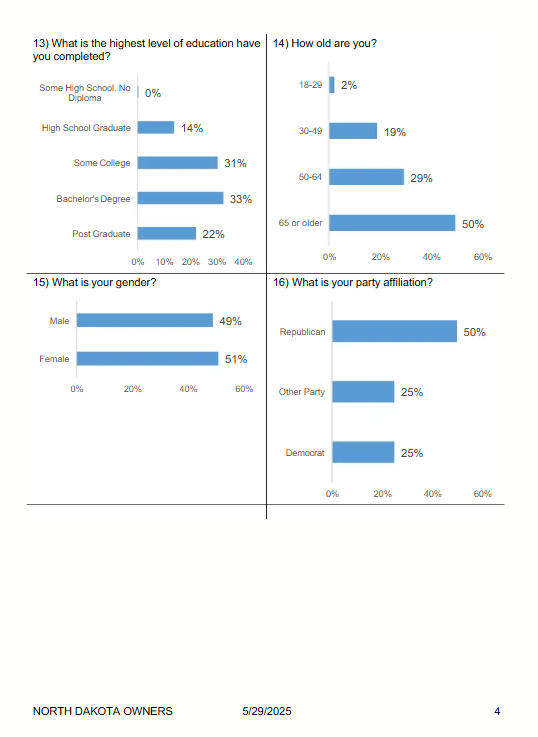

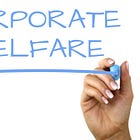
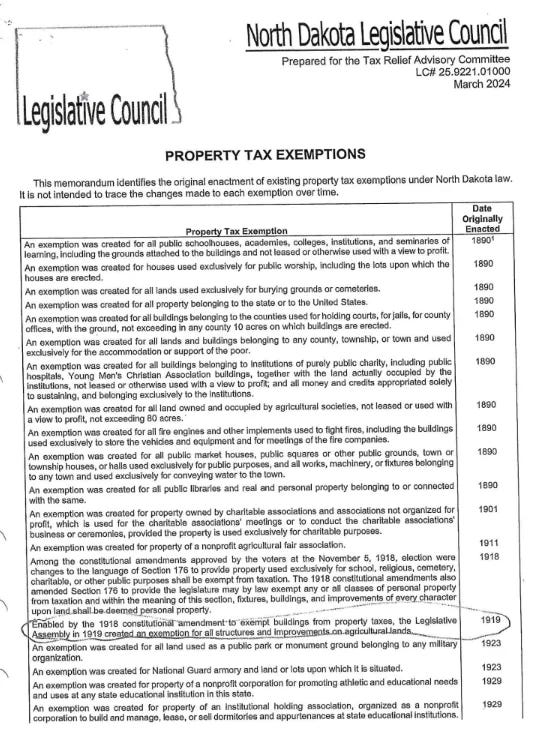



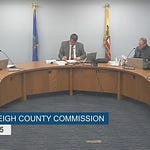
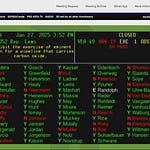

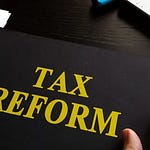

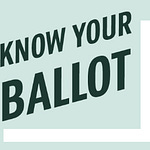

Share this post